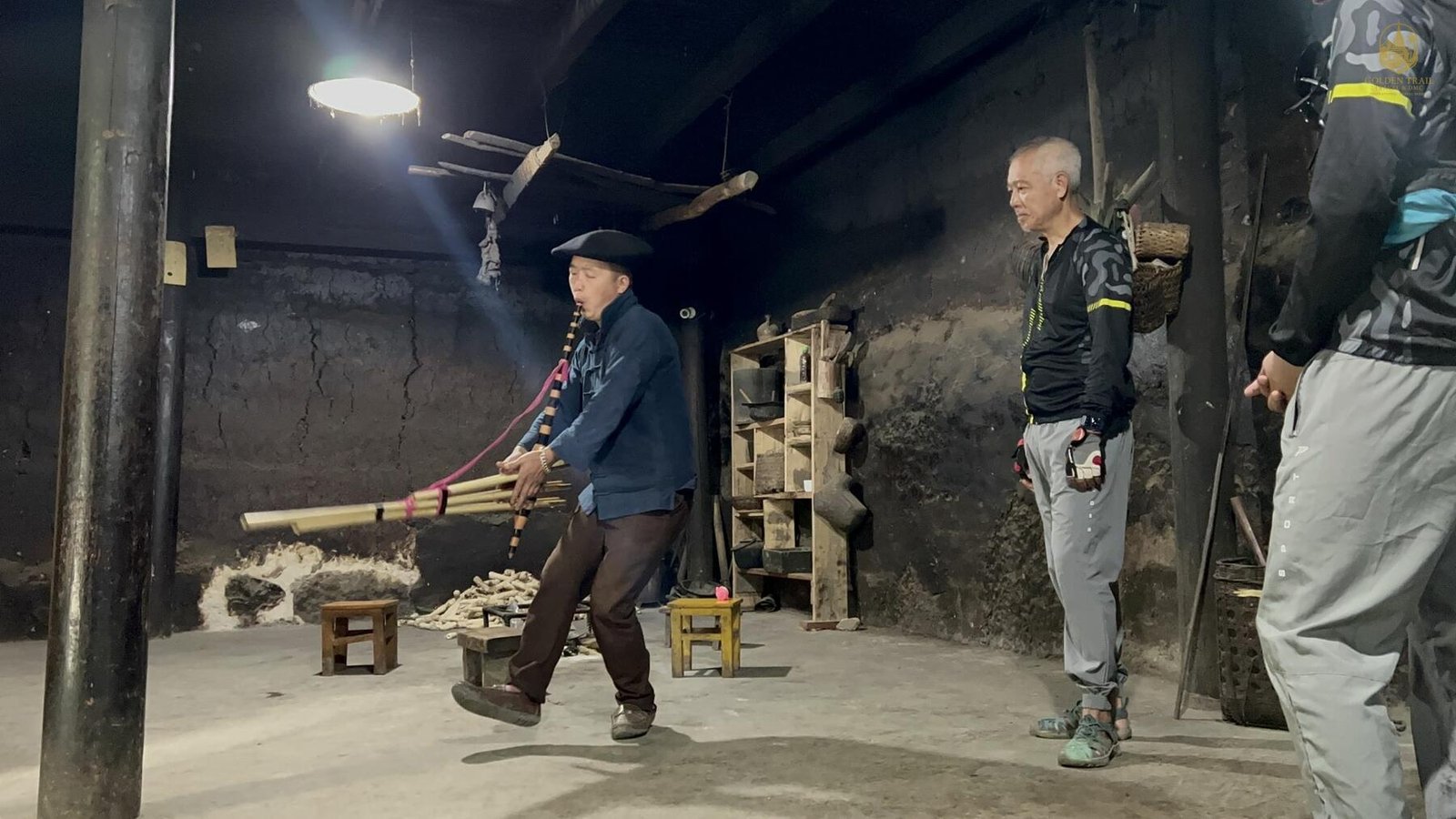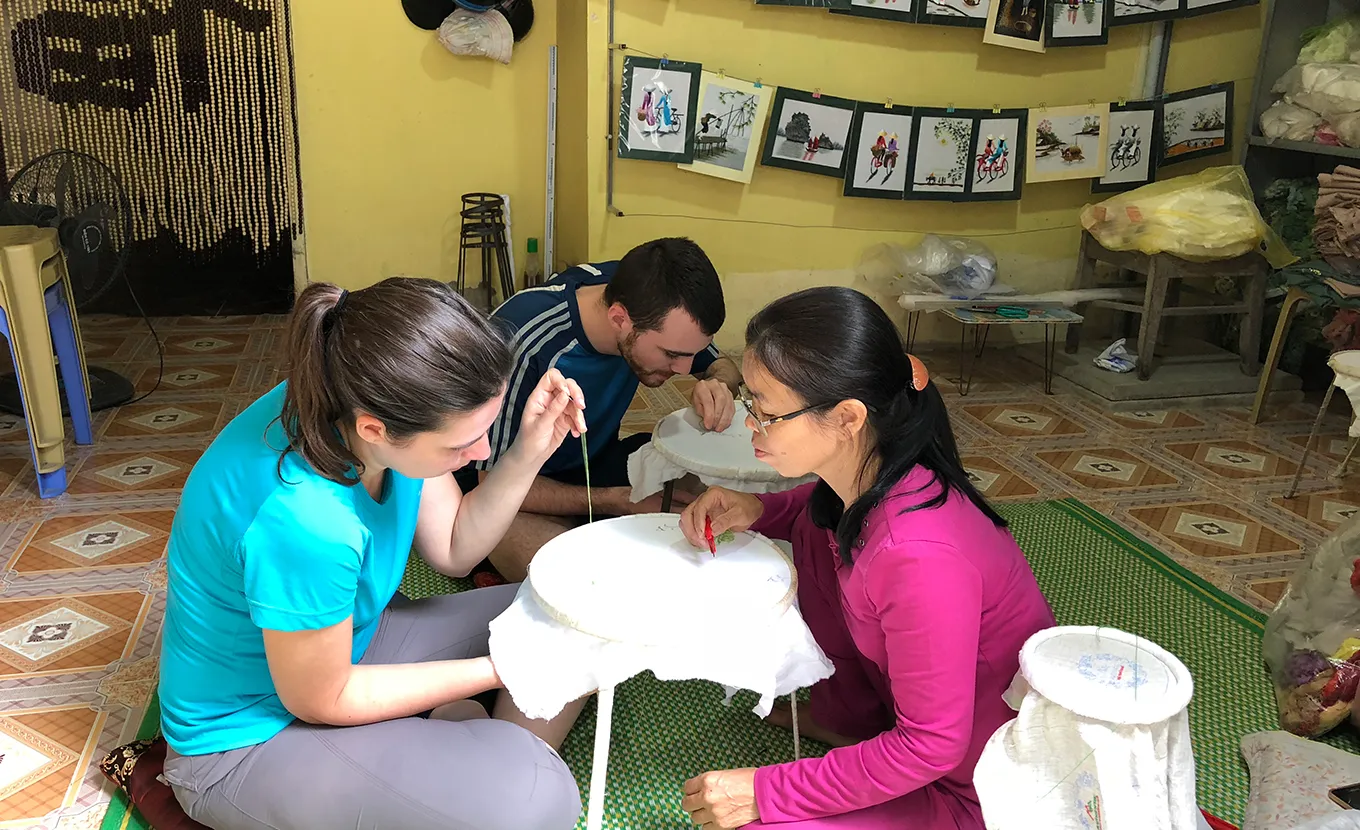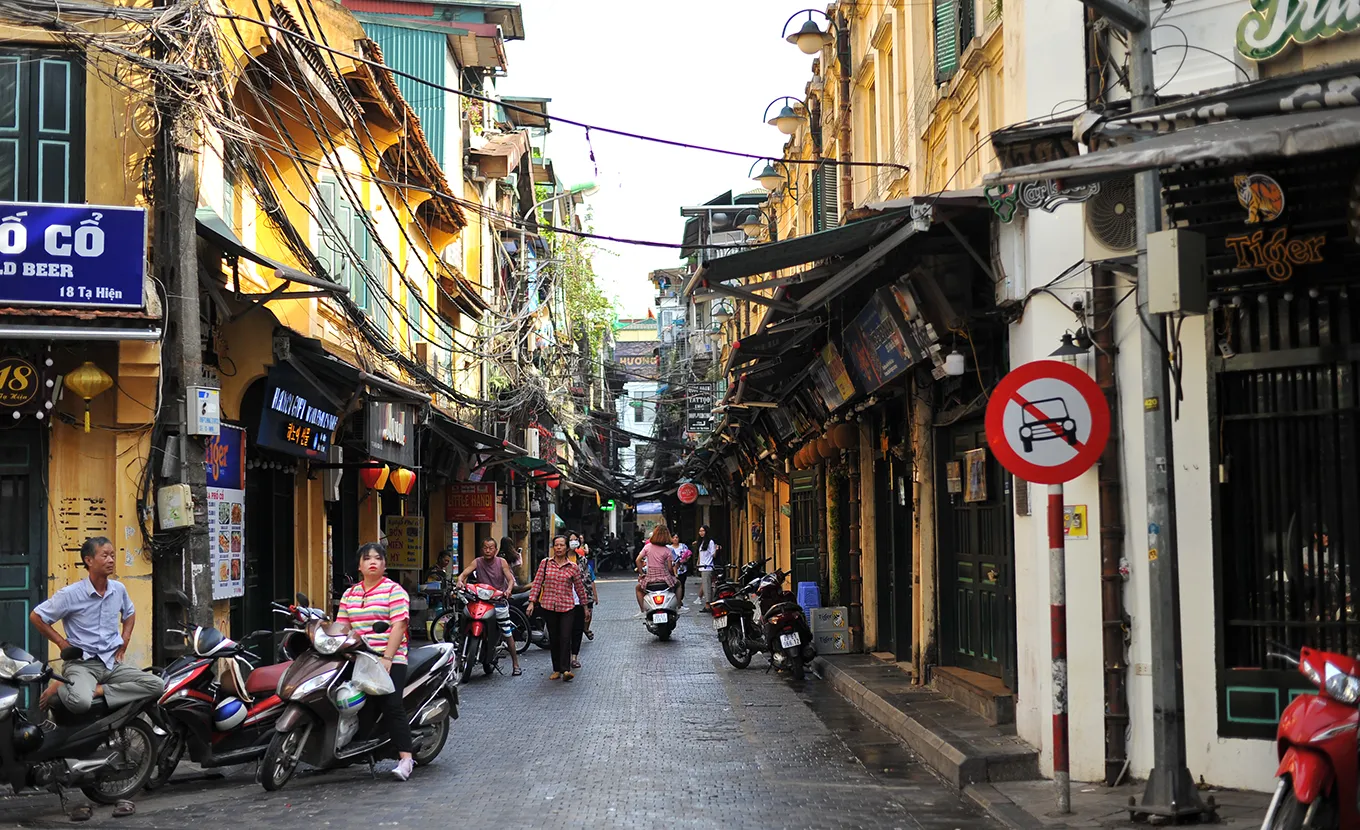15 Ng. 100 Đ. Nguyễn Xiển, Thanh Xuân Nam, Thanh Xuân, Hà Nội 100000

Introduction
Vietnam’s cultural heritage is deeply intertwined with its traditional crafts. These crafts, passed down through generations, are not only artistic expressions but also bear witness to the country’s history, customs, and way of life. From intricate silk weaving in the north to the delicate pottery of the central region, Vietnam’s traditional crafts are a testament to the skill, creativity, and dedication of its people.

In this comprehensive guide, we’ll take you on a journey through Vietnam’s rich and diverse traditional crafts, exploring the techniques, history, and cultural significance behind each craft. Whether you’re a cultural traveler, an art enthusiast, or simply someone looking to immerse yourself in local traditions, Vietnam traditional crafts offer an enriching experience. Additionally, we’ll show you how you can explore these crafts up close with a tour from Golden Trail Travel.
Vietnam’s traditional crafts are a vital part of its cultural fabric, and they represent much more than just artistry. These crafts are deeply rooted in the daily lives of the people, representing centuries of history, myth, and practical application. Visiting Vietnam’s craft villages and learning about their techniques offers a unique opportunity to connect with the country’s history and traditions.
Cultural Identity: Vietnam’s crafts are closely tied to the identity of its ethnic groups and local communities. Many of the traditional crafts are linked to specific regions or peoples, with each craft telling the story of its place and people.
Historical Value: Many traditional crafts have been practiced for centuries and represent the evolution of Vietnamese society. The skills involved have been passed down through generations, preserving ancient techniques.
Artistic Expression: Vietnamese crafts are often highly intricate, combining beauty with utility. They reflect the creativity, artistry, and patience of the craftsmen who create them.
Sustainability: Many traditional crafts are made using sustainable materials and techniques that have been developed over generations. These crafts often use natural resources such as bamboo, wood, clay, and silk.
Vietnam is famous for its exquisite silk, particularly the silk weaving traditions in Hoi An and Hanoi. Vietnamese silk has been revered for its luxurious feel, vibrant colors, and intricate patterns. Silk weaving is not only an important craft but also a key element of Vietnamese fashion and identity.
Hoi An Silk: Hoi An, known as the silk capital of Vietnam, is famous for its fine silk products. You can visit local silk workshops where artisans weave fabric by hand using ancient techniques.
Brocade Patterns: Vietnamese silk is often decorated with traditional patterns inspired by nature and culture, such as lotus flowers, birds, and dragons.
Silk Garments: Many visitors come to Hoi An specifically to have bespoke silk garments made, including dresses, suits, and traditional Ao Dai.
Lacquerware, which involves applying layers of lacquer resin onto wood, is a traditional craft that has been practiced in Vietnam for centuries. Known for its glossy finish and intricate designs, lacquerware is used to create everything from furniture to decorative items.
Traditional Lacquerware Villages: The Nguyen Xuan lacquer village near Hanoi is one of the best places to witness traditional lacquer-making techniques. Here, artisans use natural lacquer from the resin of trees, along with shells, gold leaf, and other materials to create intricate designs.
Lacquered Items: From small boxes to large furniture, Vietnamese lacquerware is prized for its durability and beauty. The crafts often depict landscapes, scenes from daily life, or religious symbols.
Pottery is one of the oldest crafts in Vietnam, with notable pottery villages located in Bat Trang near Hanoi and Phu Lang in the north. Pottery in Vietnam has a rich history, dating back thousands of years, and it remains an important craft today.
Bat Trang Pottery Village: Bat Trang, known as the ceramic village of Hanoi, is famous for its high-quality ceramics and pottery. Visitors can tour the workshops, watch the artisans at work, and purchase everything from traditional teapots to modern pottery pieces.
Phu Lang Pottery: Located in the northern province of Bac Ninh, Phu Lang is renowned for its unique, rustic pottery made by hand and fired in traditional kilns.
Bamboo and rattan are commonly used in traditional crafts across Vietnam. These natural materials are abundant and versatile, used to make everything from baskets and mats to furniture and hats. Bamboo crafts are particularly popular in the Mekong Delta and northern regions of Vietnam.
Mekong Delta Basket Weaving: In the Mekong Delta, artisans weave bamboo and rattan into functional items like baskets, fish traps, and mats. Visitors can watch the weaving process and purchase these handmade products directly from the artisans.
Bamboo Furniture: In northern Vietnam, you can find bamboo furniture that combines simplicity and functionality with intricate craftsmanship.
Wood carving is another traditional craft that is still widely practiced in Vietnam. Artists carve intricate designs into wood, creating everything from furniture to religious statues and decorative panels.
Religious Carvings: Many temples and pagodas in Vietnam feature intricate wood carvings that depict religious stories, deities, and scenes from Buddhist mythology.
Wooden Statues: In some villages, artisans carve wooden statues of Buddha, animals, and folk heroes, often using traditional techniques passed down through generations.
Visiting Vietnam’s craft villages offers a unique chance to witness firsthand the art and culture of the country’s ethnic groups. Golden Trail Travel offers expertly guided tours that will take you deep into Vietnam’s most famous craft villages, providing you with the opportunity to learn about the history, techniques, and cultural significance behind these remarkable crafts.
Golden Trail Travel’s tours include visits to Hoi An for silk weaving, Bat Trang for pottery making, and Nguyen Xuan for lacquerware. You’ll be guided by experts who can give you insight into the crafts, the cultural stories behind them, and their importance to the Vietnamese people.
Expert Guides: Golden Trail Travel’s knowledgeable guides provide detailed explanations of the craft techniques, the history behind each art form, and the significance of these traditions to local communities.
Customizable Itineraries: Whether you want to visit one village or a few, Golden Trail Travel offers flexible itineraries that can be tailored to your interests.
Authentic Experiences: Golden Trail Travel ensures that you will visit working craft villages, where you can meet artisans, observe their processes, and even try your hand at crafting.
Customer Reviews
“The silk weaving tour in Hoi An was one of the highlights of our trip! Golden Trail Travel made everything so easy, and we learned so much about the history and craftsmanship behind the silk products.” – Julia, USA
“We had a fantastic time visiting Bat Trang pottery village with Golden Trail Travel. It was amazing to see how the pottery is made by hand and to learn about its cultural significance.” – Richard, UK
“The bamboo weaving experience in the Mekong Delta was so unique and memorable. Our guide from Golden Trail Travel was excellent, providing us with insights into local traditions and crafts.” – Mai, Vietnam
What are the most famous traditional crafts in Vietnam?
Some of the most famous traditional crafts in Vietnam include silk weaving, lacquerware, pottery, bamboo and rattan crafts, and wood carving.
Can I buy traditional crafts directly from artisans?
Yes, many of Vietnam’s craft villages offer the opportunity to buy handmade products directly from the artisans.
How long do craft village tours usually last?
Craft village tours can last anywhere from half a day to several days, depending on the number of villages you wish to visit and the depth of your interest.
Are the craft village tours suitable for families?
Yes, many craft village tours are family-friendly and can be enjoyed by all age groups. The tours often include interactive experiences such as craft-making workshops.
How can I book a traditional craft tour with Golden Trail Travel?
You can easily book a tour through Golden Trail Travel’s website. Simply browse the available tours, select your dates, and make your reservation.
.jpg)





View more
10 Photos

View more
13 Photos

View more
11 Photos

View more
12 Photos

View more
12 Photos

View more
10 Photos

View more
10 Photos

View more
11 Photos

View more
12 Photos

View more
11 Photos